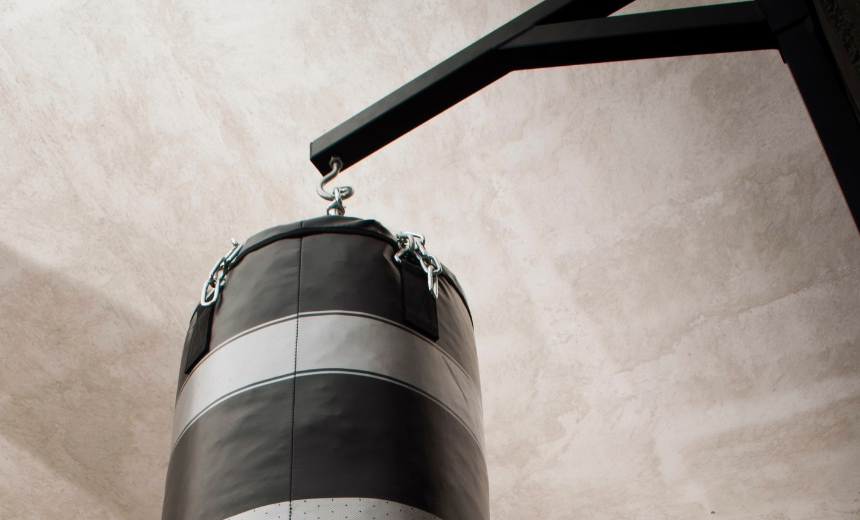How to choose good boxing equipment
In boxing, your hands are your tools of the trade that you must look after. So, where would you start?
Boxing as we know it has been around officially since 688 B.C. when it was introduced to the Olympic Games. From there, it evolved in the 18th century with prizefighting, and eventually codified and standardized in the 1940s. Taking part in this difficult sport takes a lot of guts. You may not be gunning for champion of the world, but even if you are, equipment is key. Here’s how to spot a good set of gear to help you achieve your boxing goals.
Bag and Stand
The punching bag is your best friend. It’s where you can hone your skills alone and fine-tune your rhythm. A good punching bag has a few basic elements. Get to know them well. You’ve got the bag itself, the punching bag stand, and a chain to hold it all up. Stick to bags from reputable brands and local gyms. They will last far longer. You want thick stitching and tough leather. You need something that can take the beatings. The stand has to be sturdy steel or iron. It can’t fall over when the bag sways. Ideally, it’ll be bolting it to the floor, but even if it isn't, it should be able to hold its own. Wide base, tough steel. Same with the chain. Make sure the shackle is sturdy and the carabiner is thick. You’re looking for industrial strength, not indoor rock climbing carabiners.
Gloves
Gloves for training are different from gloves in competition. When you're training, it’s not uncommon to use some pretty thick gloves. Depending on your weight, you’re going to be using between 10-14oz gloves while training. When you're hitting the bag, you can transition to 8oz gloves or just wraps. Less chance of breaking your hand on padded leather. A good boxing glove is equally padded throughout the knuckle area. They’re stiff when you first use them and they get more comfortable with time. Pro Boxing gloves, Winning and Everlast tend to be the standard.
Wraps
Hand wraps are probably the easiest to shop for and the easiest to replace. But that doesn’t mean one has to scrimp on quality. Hand wraps are between 120 and 180 inches in length. Unless you’re a child, go for the longer ones. They resemble a thick cotton gauze and provide individual support for the carpals and metacarpals in the hand. How you wrap them counts for more than the brand. But if anything, find one that you know isn’t going to come off in training. Cheap Velcro that loses its grasp is enough to ruin any training session.
Good quality isn’t cheap, and cheap quality isn’t good. But with that said, you don’t have to go out and buy the most expensive thing on the market. Pick the items that make the most sense to you and your needs. Outside of that, enjoy the sweet science.

